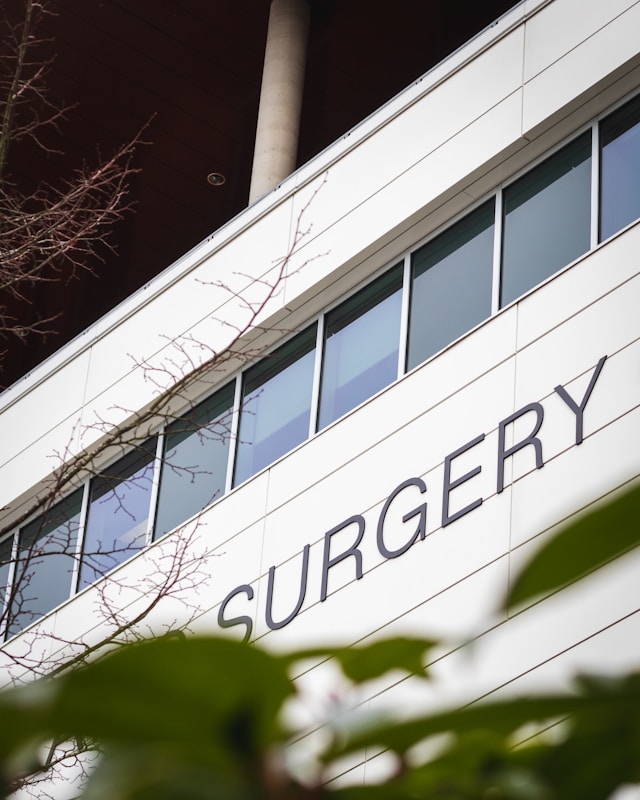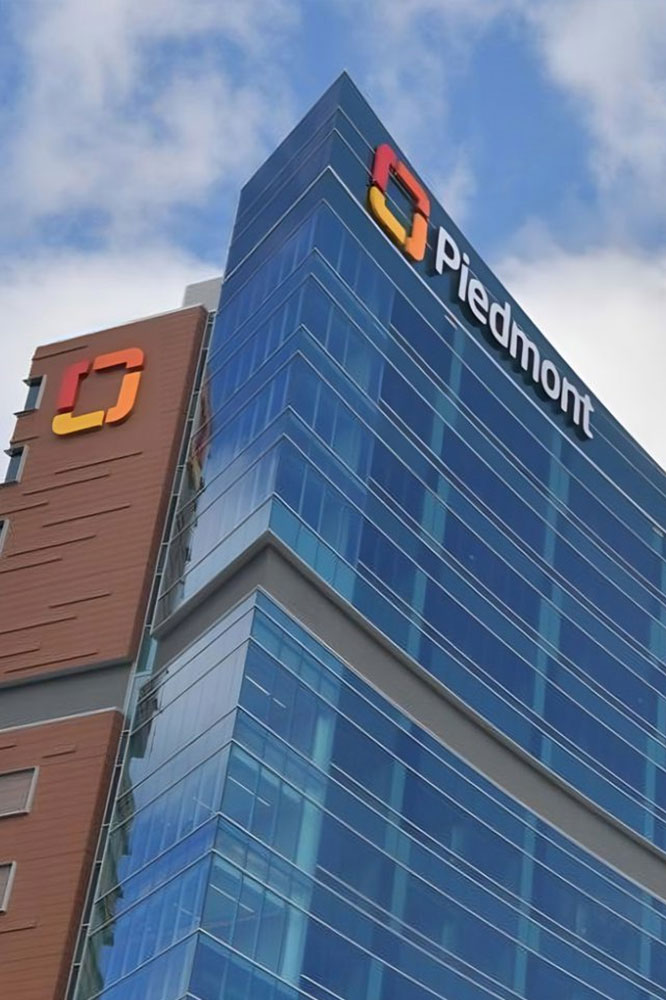How Effective Wayfinding Signage Design Enhances Hospital Efficiency

Efficient navigation within a hospital is essential for ensuring a smooth operation and a positive patient experience. Effective wayfinding signage design not only aids in guiding patients and visitors but also significantly enhances hospital efficiency. This article delves into the importance of wayfinding signage design and its impact on hospital efficiency, exploring the key elements of effective wayfinding and the benefits it brings to healthcare facilities.
- Call Us Today
The Importance of Hospital Wayfinding
Wayfinding in hospitals involves creating a system of visual cues, such as signs and symbols, that help individuals navigate the complex and often overwhelming hospital environment. An effective wayfinding system is crucial for:
1. Reducing Stress and Anxiety:
Clear signage helps patients and visitors find their way easily, reducing the stress and anxiety associated with getting lost.
2. Improving Patient Flow:
Efficient navigation aids in the smooth movement of patients and staff, which is essential for maintaining optimal patient flow and minimizing bottlenecks.
Enhancing Overall Experience:
A well-designed wayfinding system contributes to a more pleasant and welcoming hospital environment, improving the overall experience for everyone.
Key Elements of Effective Wayfinding Signage Design
Clarity and Consistency
One of the most important aspects of wayfinding signage design is clarity. Signs should be easy to read, with clear fonts and high-contrast colors. Consistency in design elements, such as color schemes, symbols, and terminology, ensures that users can quickly recognize and understand the signs.
Strategic Placement
Signs must be strategically placed at key decision points, such as entrances, exits, intersections, and elevators. This ensures that individuals receive the necessary guidance at the right moments, helping them navigate efficiently through the hospital.
Comprehensive Information
Effective wayfinding signage provides comprehensive information, including directional signs, department names, floor numbers, and room identifiers. Integrating maps and directories at major entry points can also be highly beneficial, offering an overview of the facility’s layout.
Inclusive Design
Accessibility is a crucial consideration in wayfinding signage design. Inclusive design ensures that signs cater to all users, including those with visual, hearing, or mobility impairments. This includes the use of braille, tactile signs, auditory signals, and appropriately placed signage at wheelchair height.
Benefits of Effective Wayfinding Signage for Hospital Efficiency
Reduced Congestion
Effective wayfinding reduces congestion in hospital corridors and waiting areas by ensuring that patients and visitors can quickly find their destinations. This minimizes delays and prevents overcrowding, allowing healthcare providers to operate more efficiently.
Enhanced Patient Satisfaction
A well-designed wayfinding system enhances patient satisfaction by providing a seamless and stress-free navigation experience. Satisfied patients are more likely to have a positive perception of the hospital, which can lead to higher patient retention and better reviews.
Improved Staff Efficiency
Clear signage also benefits hospital staff by reducing the time spent giving directions and assisting lost patients. This allows staff to focus more on their primary duties, improving overall productivity and efficiency.
Case Study: Miller EG Design’s Wayfinding Projects
Miller EG Design has extensive experience in designing effective wayfinding systems for hospitals. For instance, at the Emory Musculoskeletal Institute, the comprehensive interior and exterior signage implementation included:
Lobby Area Wall Directional Flag Signs:
These signs provided clear and visible directions from the lobby to various departments, ensuring efficient patient flow.
Large-Scale Cut Vinyl Interior Graphics:
These not only guided patients but also enhanced the aesthetic appeal of the environment, contributing to a more pleasant experience.
Similarly, the project at Emory University Hospital involved:
Elevator Lobby Graphics and Signage:
These signs facilitated quick and efficient movement between floors, critical for maintaining patient flow and reducing congestion.
Donor Video Wall:
This multifunctional element served as both a wayfinding aid and an engaging visual feature, enhancing the overall hospital environment.

Future Directions
The future of hospital wayfinding lies in the integration of smart technologies and adaptive systems. Smart wayfinding solutions can dynamically adjust to real-time situations, providing the most efficient routes based on current hospital conditions. Additionally, augmented reality (AR) applications can offer interactive and immersive navigation experiences, guiding users through complex hospital layouts.
Effective wayfinding signage design is essential for enhancing hospital efficiency. By focusing on clarity, consistency, strategic placement, and inclusive design, hospitals can create navigation systems that significantly improve patient flow, reduce congestion, and enhance overall patient satisfaction. As technology continues to advance, the potential for further improving hospital wayfinding systems is vast, promising even greater efficiencies and a better patient experience.
Learn About Hospital Wayfinding
Innovative Hospital Wayfinding Solutions for Better Patient Experience
The Role of Wayfinding Signage in Emergency Situations in Hospitals
Case Study: Successful Hospital Wayfinding Projects by Miller EG Design
The Future of Hospital Wayfinding: Trends and Technologies to Watch
